Campaign 2024
Biden and Trump agree to debate

President Joe Biden and Former President Donald Trump have both agreed to debate each other, following months of speculation that candidates would not participate in formal debates. However the structure of said debates will be different this year, notably excluding the Commission on Presidential Debates.
The CPD has organized every televised presidential debate going back to 1988, and focuses on providing a fair and balanced environment for every party involved. Their model has been copied by similar organizations around the world, and they had previously been held in high regard by both sides of the political spectrum in the United States.
However the tide seems to be shifting against the CPD. By organizing their own debates with news organizations, the Biden and Trump campaigns are provided with more flexibility to set up how the debates will work. They will be notably earlier this year, with the first debate taking place on June 27th.
Critics of the shift have pointed to how it may exclude independent presidential candidates, including Robert F. Kennedy Jr, who believed he would be eligible for the CPD debates based on polling data.
In a statement posted to social media platform X, the Kennedy campaign accused Biden and Trump of “colluding” to exclude him from the debate, saying that “by excluding me from the stage, Presidents Biden and Trump seek to avoid discussion of their eight years of mutual failure.” Both Biden and Trump expressed their willingness to participate in the debates in their own posts on social media.
President Biden agreed to two debates so far: June 27th on CNN, and September 10th on ABC. Former President Trump appears to have accepted these two debates on Truth Social, and has also proposed his own date, an October 2nd event on Fox News. It is unclear if President Biden would be willing to participate in this event.
This is a developing story, check back with The Youth Insight for updates.
Campaign 2024
Washington Post loses 200,000 subscribers after not endorsing in 2024 election

In a stunning development, The Washington Post has reportedly lost approximately 200,000 subscribers following its controversial decision to abstain from endorsing a candidate in the 2024 presidential election. This marks a significant departure from the newspaper’s long-standing tradition of endorsing presidential candidates, a practice it had maintained since 1976.
On October 25, 2024, Will Lewis, the publisher and CEO of The Washington Post, announced that the newspaper would not endorse any candidate for the presidential election, breaking a decades-long tradition. This decision came as a shock to many, especially considering that the editorial board had already drafted an endorsement for Vice President Kamala Harris.
The announcement triggered immediate backlash from both readers and staff members. Former executive editor Marty Baron publicly criticized the move, calling it “an act of cowardice” and expressing concern that it would embolden Donald Trump to further intimidate owner Jeff Bezos and other media proprietors.
In the weeks following the announcement, The Washington Post has reportedly experienced a massive decline in its subscriber base. According to inside sources, approximately 200,000 subscribers have canceled their subscriptions, citing disappointment and frustration with the newspaper’s decision.
This exodus represents a significant blow to the publication, both financially and in terms of its influence. The Washington Post, like many traditional news outlets, has been working to transition to a digital-first model in recent years, making subscriber retention crucial to its long-term viability.
The decision has not only affected subscribers but has also caused turmoil within the newspaper itself. Several staff members have expressed their discontent publicly, with some even considering signing an open letter to protest the decision.
In a notable development, Robert Kagan, an editor-at-large at The Post, reportedly resigned in protest following the announcement. This high-profile departure has further fueled the controversy surrounding the decision.
The Washington Post’s subscriber loss has sent shockwaves through the media industry. Other publications are closely watching the situation, considering how it might affect their own endorsement practices and subscriber bases. This event has reignited debates about the role of newspaper endorsements in modern elections and the balance between journalistic neutrality and civic responsibility. Some argue that endorsements are outdated and unnecessary, while others maintain that they play a crucial role in informing the electorate.
In response to the subscriber exodus, The Washington Post has attempted to clarify its position. Will Lewis emphasized that the decision aligns with the newspaper’s commitment to independence and allowing readers to form their own conclusions.
However, these explanations have done little to stem the tide of cancellations. The newspaper now faces the challenge of rebuilding trust with its readership and potentially reconsidering its stance on endorsements for future elections.
As the 2024 election approaches, The Washington Post finds itself in uncharted territory. The loss of 200,000 subscribers represents not only a financial setback but also a diminishment of the newspaper’s reach and influence at a critical time in American politics.The coming weeks and months will be crucial for The Post as it navigates this crisis.
Whether it can regain the trust of its lost subscribers and attract new ones will depend on its coverage of the election and its ability to demonstrate its commitment to journalistic integrity and democratic values.
This episode serves as a stark reminder of the delicate balance news organizations must strike between maintaining editorial independence and meeting the expectations of their readership. As the media landscape continues to evolve, the role of traditional endorsements and the relationship between newspapers and their subscribers may need to be reevaluated.
Campaign 2024
Donald Trump sits for 3 hour podcast with Joe Rogan
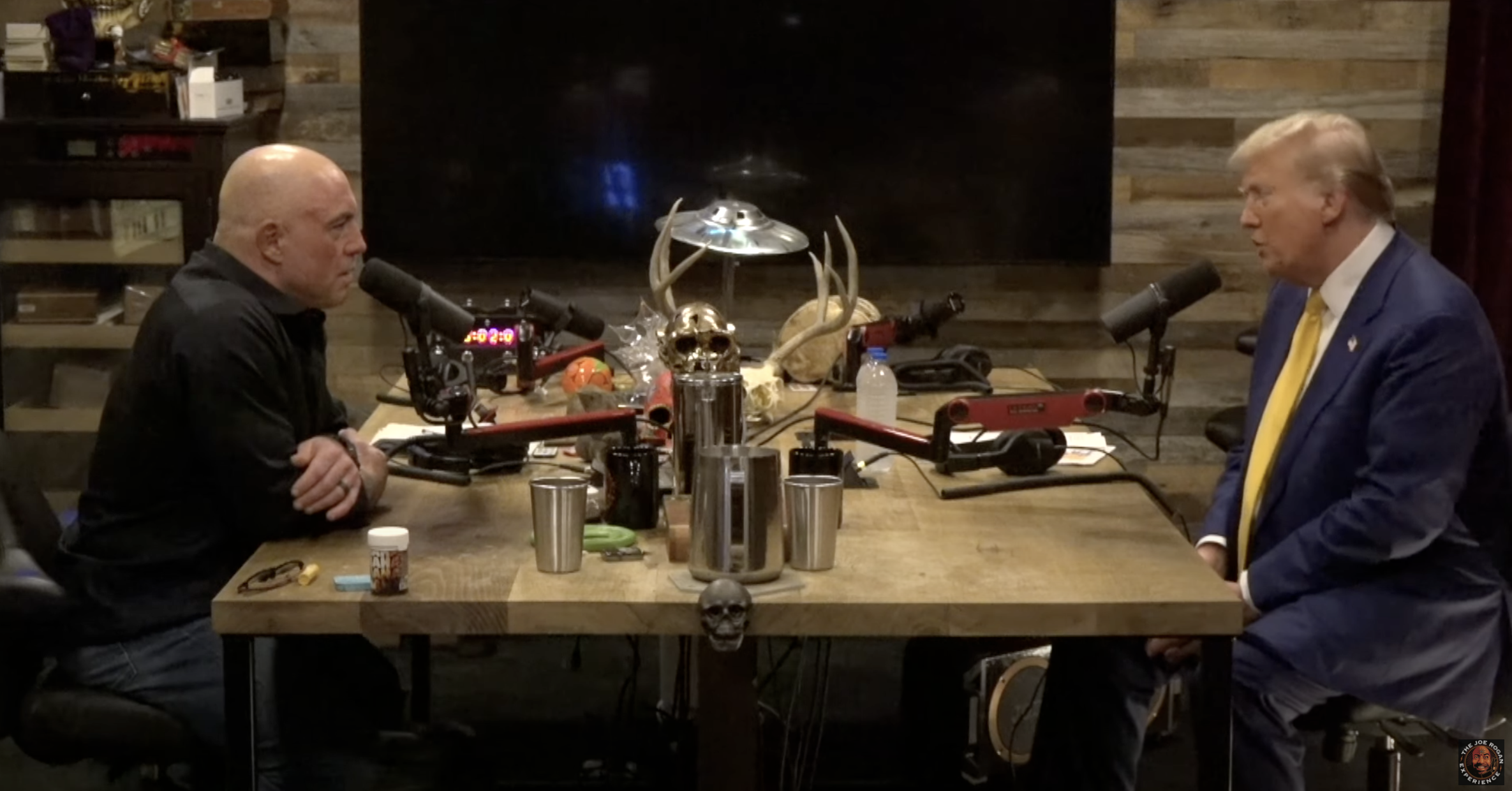
Donald Trump’s recent interview on The Joe Rogan Experience drew massive attention, racking up over 14 million views on YouTube in just 14 hours. At almost three hours long, the conversation covered an array of topics, and it marked the first time Trump appeared on Rogan’s show, which is especially popular among young men. With Trump actively courting this demographic, the interview was seen as a strategic move to connect with Rogan’s large, independent-minded audience.
Their discussion spanned a wide range of subjects, from American history and the Civil War to tariffs, income tax, Mars exploration, and the role of Kamala Harris. Trump even shared his belief that life on Mars could be possible, saying, “There’s no reason not to think” it might exist. The topics reflected both Trump’s interest in unconventional themes and Rogan’s penchant for exploring unique angles on familiar issues, making for a dynamic exchange.
Previously, Rogan had been reluctant to host Trump but reportedly changed his mind after the assassination attempt on the former president in July. The incident seemed to have shifted Rogan’s perspective on Trump’s candidacy, leading to a conversation where both expressed mutual respect. Trump acknowledged Rogan’s openness, hinting at a new rapport between the two.
Toward the end of the interview, they discussed Robert F. Kennedy Jr., whose health-focused platform, “Make America Healthy Again,” has resonated with Rogan. Rogan appreciated Trump’s willingness to adopt elements of Kennedy’s public health approach. Although the interview ran over time and delayed Trump’s rally in Michigan, it underscored his commitment to reaching new audiences and addressing a variety of issues in a long-form setting.
Watch Donald Trump’s full interview with Joe Rogan here.
Campaign 2024
Trump takes lead in polls for first time since August
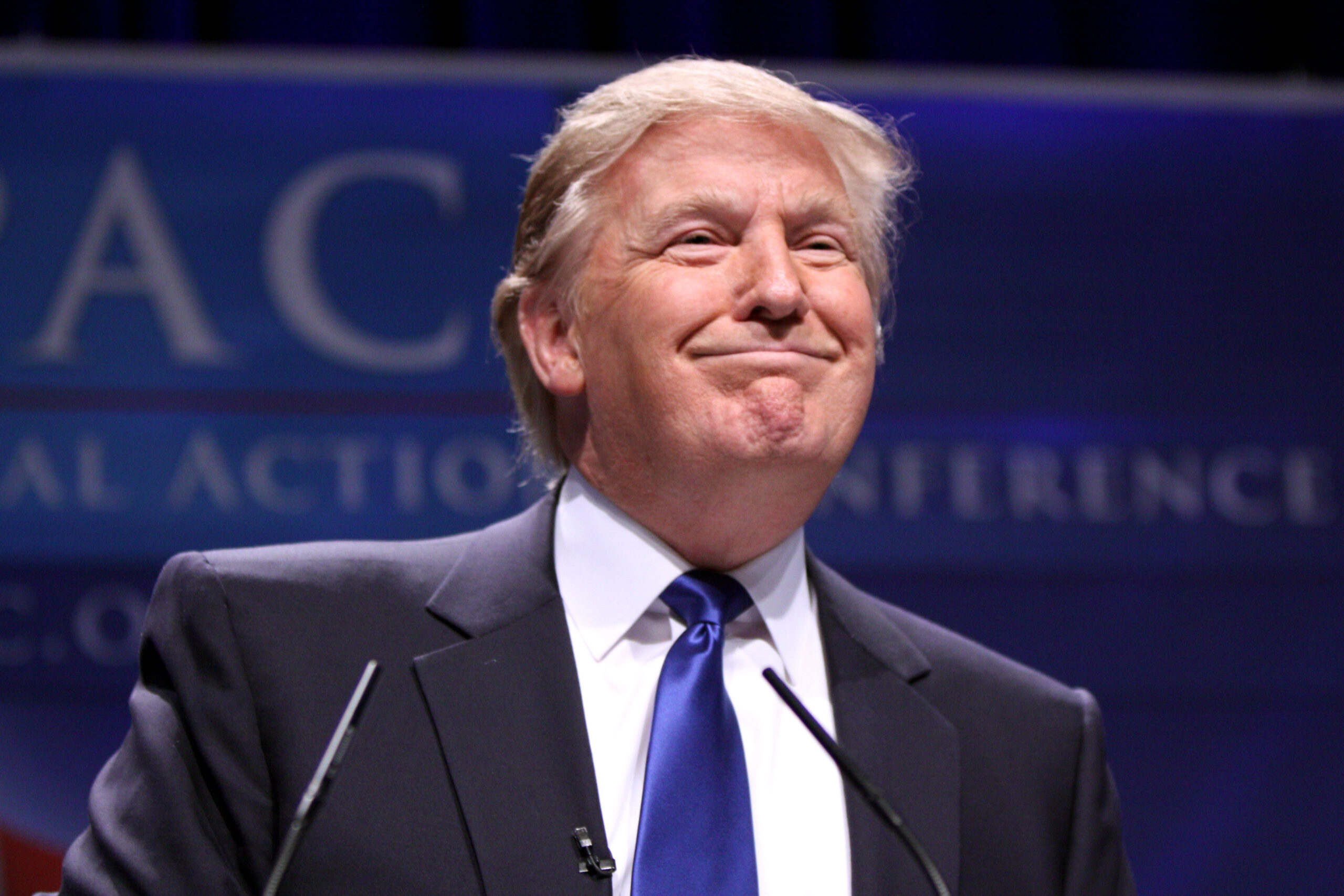
Donald Trump has retaken the lead over Vice President Kamala Harris in the RealClearPolitics polling average, a significant shift as the 2024 election race approaches its final phase. This marks Trump’s first time leading in the polling aggregate since August 5th, when Harris surged after President Joe Biden’s unexpected exit from the race.
The reversal now has political analysts and strategists questioning whether this change signals an actual shift in voter preferences or is an artifact of methodological factors in polling.
The phenomenon of “poll herding” has become a prominent discussion point in recent days. Poll herding refers to a tendency among pollsters to align their results more closely with the broader polling average, particularly as the election nears.
This tactic may be aimed at reducing discrepancies between individual polls and the ultimate election outcome, enhancing pollsters’ reputations for accuracy. However, it can also distort the picture by forcing divergent polling results toward a perceived “consensus,” even if the individual data points might suggest a different story.
Polling expert Adam Carlson said that pollsters may be “herding toward a tie to try to cover their asses,” after CNN, the New York Times, and others all brought the race to within one point.
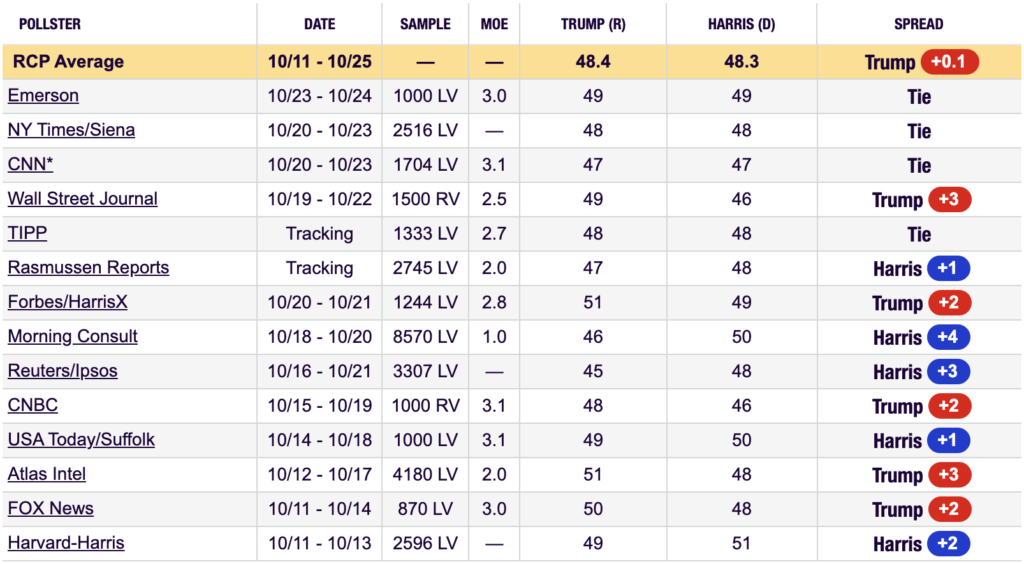
Whether this latest polling average reflects a short-term bounce or a lasting lead for Trump remains to be seen, but with the election just days away, the RealClearPolitics polling average has become a key indicator in a highly volatile race.
-
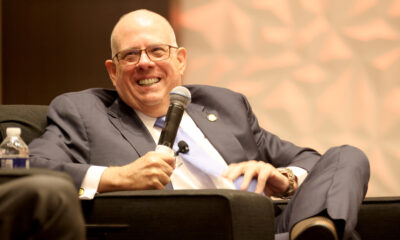
 Campaign 20242 years ago
Campaign 20242 years agoNew poll reveals Hogan’s path to victory
-
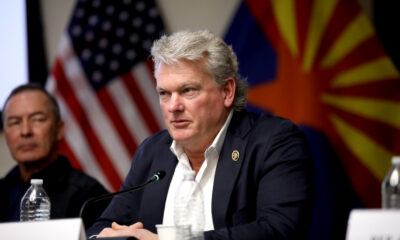
 Campaign 20242 years ago
Campaign 20242 years agoRep. Mike Collins makes antisemitic post on X
-
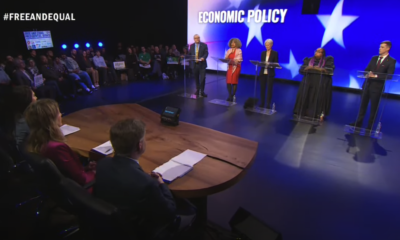
 Campaign 20242 years ago
Campaign 20242 years agoThe Minor Candidate Debate Recap
-

 Opinion2 years ago
Opinion2 years agoOp-ed: Stop talking about Bidenomics
-

 Education2 years ago
Education2 years agoK-12 teachers report varied views on race, gender identity in new poll
-

 State Politics2 years ago
State Politics2 years agoThe new minimum wage in California
-

 Campaign 20242 years ago
Campaign 20242 years agoRuben Gallego quietly leaves Progressive Caucus
-

 Education2 years ago
Education2 years agoHarvard condemns antisemitic Instagram post by campus groups




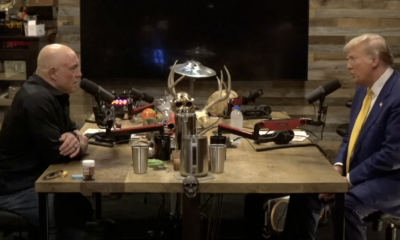

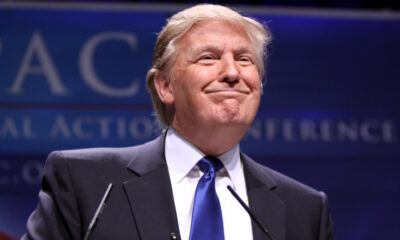



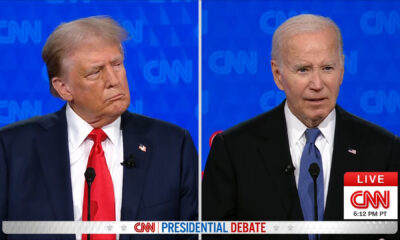

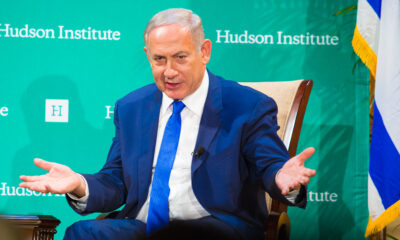

Pingback: Trump demands Biden take drug test before debates - The Youth Insight
Pingback: RFK Jr. likely won't hit debate requirements - The Youth Insight